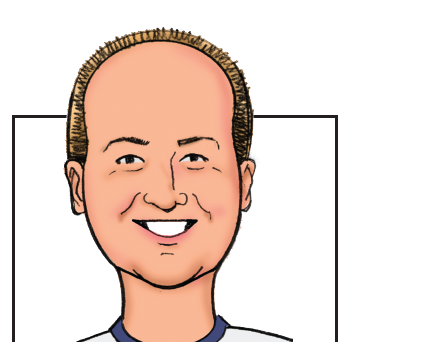Live On Stage: The Real World
Visualizers are wonderful tools that can be extremely useful to programmers and productions alike. When a show can be pre-programmed in a virtual world, countless dollars can be saved in labor, venue and equipment rental, and much more. Computer technology has allowed visualizer software applications to become very powerful and very realistic. However, there are always differences between the virtual world in the computer and the real world happening live on stage. A good programmer must understand the potential differences and how to best adapt or correct for them.


